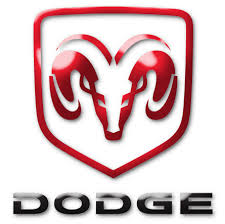Challenger SRT-8 V8-6.1L (2009)

Alignment: Description and Operation
DESCRIPTION
Vehicle wheel alignment is the positioning of all interrelated front and rear suspension angles. These angles affect the handling and steering of the
vehicle when it is in motion. Proper wheel alignment is essential for efficient steering, good directional stability, and proper tire wear.
The method of checking a vehicle's front and rear wheel alignment varies depending on the manufacturer and type of equipment used. The
manufacturer's instructions should always be followed to ensure accuracy of the alignment, except when Chrysler LLC wheel alignment specifications
differ.
On this vehicle, the suspension angles that can be adjusted are as follows:
FRONT:
-
Camber (with cradle shift/service adjustment bolt package)
-
Caster (with cradle shift/service adjustment bolt package)
-
Toe
REAR:
-
Toe
Check the wheel alignment and make all wheel alignment adjustments with the vehicle standing at its proper curb height specification. Curb height is the
normal riding height of the vehicle. It is measured from a certain point on the vehicle to the ground or a designated area while the vehicle is sitting on a
flat, level surface. To properly check curb height, See: Service and Repair.
Typical wheel alignment angles and measurements are described in the following paragraphs.
CAMBER
Camber is the inward or outward tilt of the top of the tire and wheel assembly. Inward tilt (2) is negative camber. Outward tilt (1) is positive camber.
